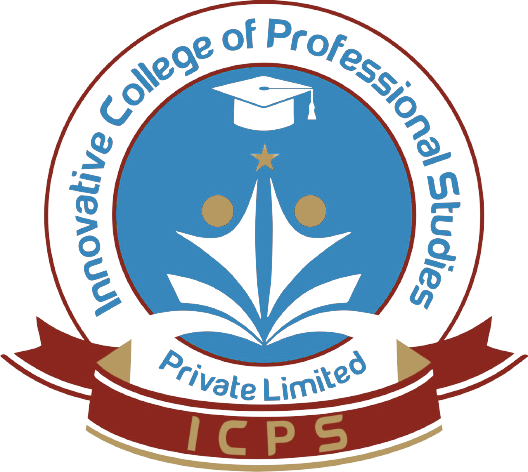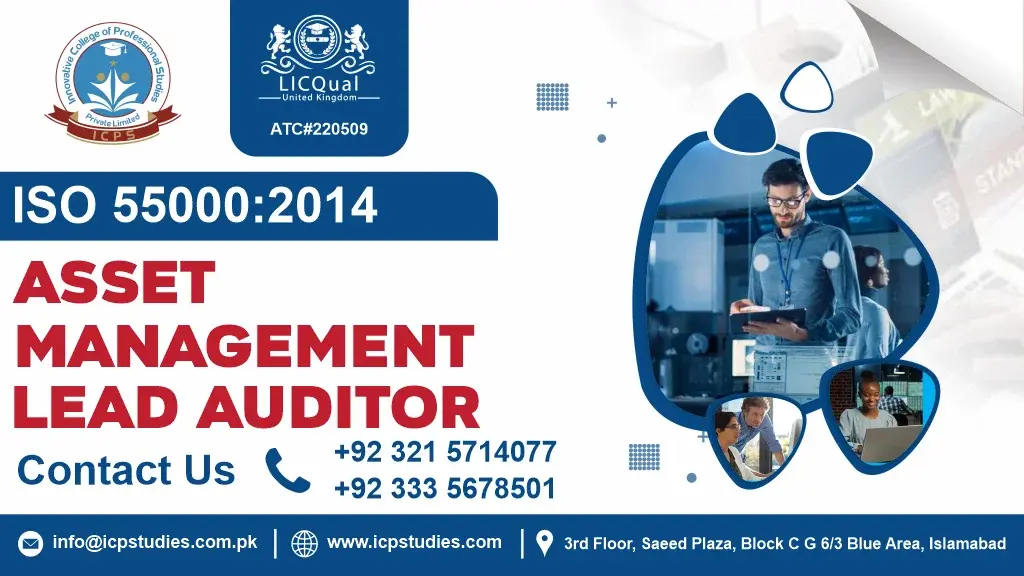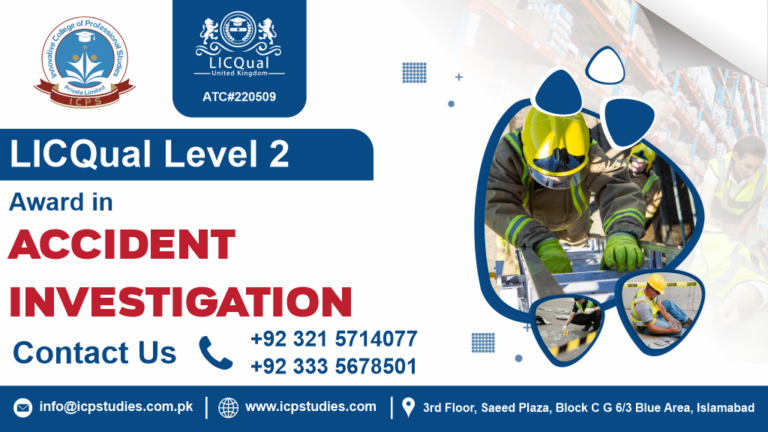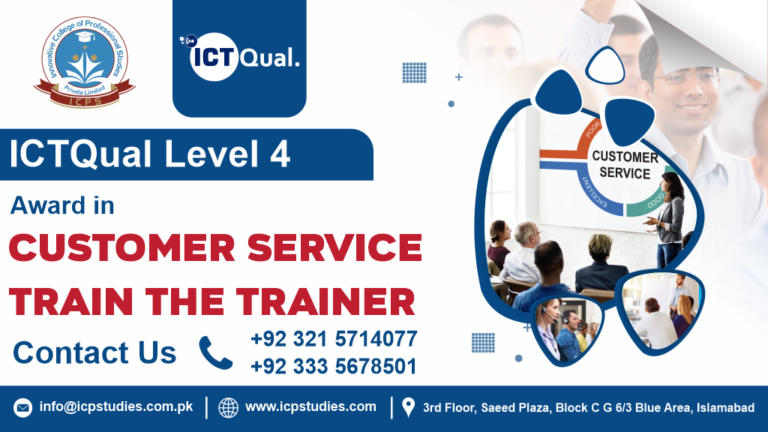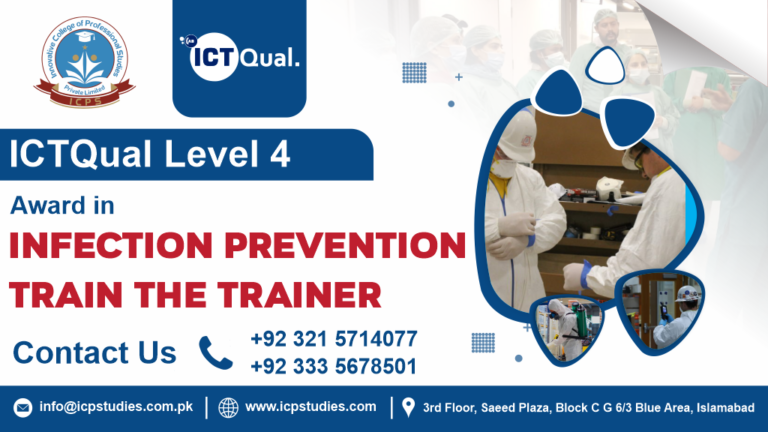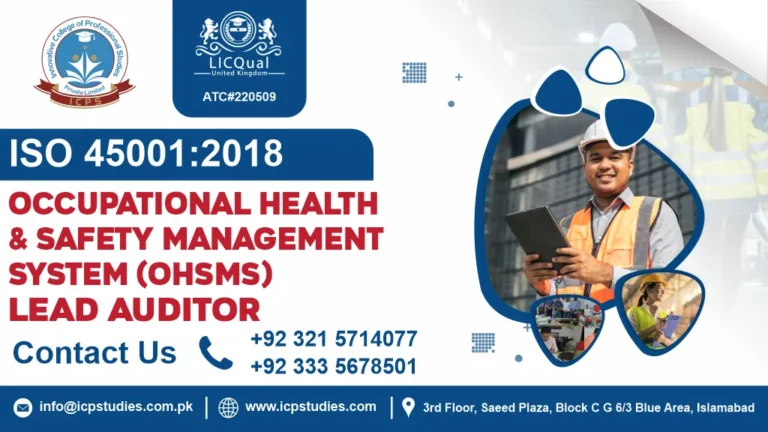Manage Your Assets, Maximize Your Profits
Are you aiming to enhance your grasp of asset management and attain ISO 55000:2014 certification? Your search ends here with our all-inclusive course titled “ISO 55000:2014 Asset Management
In today’s competitive business landscape, it’s more important than ever to have a solid understanding of asset management. ISO 55000:2014 is the international standard for asset management and achieving certification demonstrates that you have met globally recognized requirements for effective asset management practices.
Our “ISO 55000:2014 Asset Management” course is designed to provide you with the knowledge and skills you need to achieve certification and improve your organization’s asset management processes. The course covers all aspects of the ISO 55000:2014 standard, including its requirements, guidelines, and best practices for asset management.
Our experienced instructors use engaging teaching methods, including case studies and interactive exercises, to ensure that you fully understand the material and can apply it to your own organization. You’ll learn about topics such as risk management, asset lifecycle management, and performance evaluation, all of which are critical to effective asset management.
At the end of the course, you’ll have the opportunity to take the certification exam and earn your ISO 55000:2014 certification. This prestigious certification can help boost your career and demonstrate your expertise in asset management to current and potential employers.
Don’t miss out on this valuable opportunity to improve your asset management knowledge and achieve ISO 55000:2014 certification. Enroll in our “ISO 55000:2014 Asset Management” course today!
All About ISO 55000:2014 Asset Management
Course Overview
ISO 55000:2014 stands as an internationally recognized standard delineating the requisites for an asset management system, enabling organizations to methodically and effectively oversee their assets while aligning them with organizational objectives.
The ISO 55000:2014 Asset Management course offers a comprehensive exploration of the standard and its implementation, catering to individuals and organizations seeking to enhance their asset management practices and attain ISO 55000:2014 certification. Encompassing fundamental asset management principles such as asset identification, valuation, and risk assessment, the course elucidates the asset lifecycle from acquisition to disposal, emphasizing the significance of robust data maintenance.
Furthermore, the ISO 55000:2014 Asset Management course furnishes guidance on crafting and integrating an asset management system into an organization’s overarching management framework. This encompasses delineating stakeholder roles and responsibilities, alongside emphasizing the cruciality of performance metrics and continual improvement initiatives.
Completion of this course empowers individuals and organizations to refine their asset management methodologies and secure ISO 55000:2014 certification. Such certification underscores a dedication to exemplary asset management practices, fostering heightened efficiency, cost reductions, and enhanced performance.
ISO 55000:2014 Asset Management offers invaluable guidelines for optimizing asset management endeavors. The ISO 55000:2014 Asset Management course serves as a dynamic avenue for acquiring comprehensive insights into the standard and its application, fostering tangible enhancements in asset management practices and facilitating certification attainment for individuals and organizations alike.
Learning Outcomes
When it comes to managing assets, having a well-defined set of learning outcomes is essential for success. That’s where the ISO 55000:2014 Asset Management course comes in. In this article, we’ll explore everything you need to know about the course and its learning outcomes.
Firstly, let’s define what ISO 55000:2014 Asset Management is. It’s a set of international standards that provide guidance for managing physical assets effectively. This includes everything from buildings and equipment to infrastructure and vehicles. The standards help organizations to establish a framework for managing their assets throughout their entire lifecycle, from acquisition to disposal.
Now, let’s dive into the learning outcomes of the course. The ISO 55000:2014 Asset Management course aims to provide learners with a comprehensive understanding of the standards and how to implement them effectively. By the end of the course, learners should be able to:
- Understand the principles and requirements of ISO 55000:2014 Asset Management
- Apply the standards to their organization’s assets
- Develop and implement an asset management system that aligns with ISO 55000:2014
- Continuously improve their organization’s asset management system
- Effectively communicate the benefits of ISO 55000:2014 to stakeholders
- Successfully pass the ISO 55000:2014 Asset Management exam
In addition to these specific learning outcomes, the course also aims to help learners develop a range of transferable skills. These include:
- Project management skills
- Communication and stakeholder management skills
- Analytical and problem-solving skills
- Change management skills
- Risk management skills
The course is designed to be engaging and easy to understand. It includes a range of interactive activities and case studies to help learners apply the principles of ISO 55000:2014 in a practical context. The course is also designed to be flexible, allowing learners to study at their own pace and in their own time.
ISO 55000:2014 Asset Management course is an essential resource for anyone involved in managing physical assets. The course provides a comprehensive understanding of the standards and their implementation, as well as a range of transferable skills. By completing the course, learners can gain a competitive edge in their field and contribute to the success of their organization.
Admission Criteria
The ISO 55000:2014 Asset Management course is designed for individuals who want to learn about the principles and practices of Asset Management. There are no specific academic qualifications required to enroll in the course. However, it is recommended that individuals have some basic knowledge of Asset Management principles, as well as a good understanding of business operations and financial management.
Individuals who have a background in engineering, finance, or business administration are ideal candidates for the ISO 55000:2014 Asset Management course. They should also have excellent communication skills, be able to work independently, and have a strong attention to detail.
Some of the specific entry requirements for the ISO 55000:2014 Asset Management course include:
- A high school diploma or equivalent.
- Basic knowledge of Asset Management principles and practices.
- Good understanding of business operations and financial management.
- Proficiency in the English language.
- Strong analytical and problem-solving skills.
- Good interpersonal and communication skills.
- Familiarity with computer software such as Microsoft Excel.
It is important to note that entry requirements may vary depending on the educational institution offering the course. Therefore, individuals should check with the institution to confirm the entry requirements before applying.
Ideal Candidate
ISO 55000:2014 Asset Management is a widely recognized international standard that provides guidelines for the effective management of assets. This course is designed to provide a comprehensive understanding of the ISO 55000:2014 standard, its requirements, and the benefits of implementing the standard in an organization.
This course is designed for individuals and organizations that are involved in asset management, including:
- Asset managers who want to improve their knowledge of ISO 55000:2014 and learn how to implement it in their organizations.
- Business owners who want to improve the efficiency of their asset management systems and reduce costs.
- Engineers and technicians who want to gain a better understanding of asset management and its importance in the overall success of an organization.
- Quality managers who want to ensure that their organization is following best practices in asset management.
- Compliance officers who need to ensure that their organization is meeting regulatory requirements related to asset management.
Key Takeaways
Mandatory Units
ISO 55000:2014 is an international standard for asset management that provides a framework for organizations to manage their assets effectively. A course on ISO 55000:2014 asset management covers the basics of the standard, its key principles, and how to implement it in an organization. In this article, we will discuss the course contents of an ISO 55000:2014 asset management course in detail.
Course Contents:
- Introduction to Asset Management: The course begins with an overview of asset management and its importance in today’s business environment. This module covers the basics of asset management, including the definition of assets, their lifecycle, and the various types of assets.
- ISO 55000:2014 Standard: In this module, the course covers the ISO 55000:2014 standard in detail. The module discusses the history of the standard, its purpose, and its key principles. Participants will learn about the structure of the standard, its requirements, and how it can be applied in an organization.
- Asset Management Policy: This module covers the development of an asset management policy, which is a key component of ISO 55000:2014. The module explains how to develop a policy that aligns with an organization’s objectives, goals, and strategies.
- Asset Management Planning: This module covers the asset management planning process, including the identification of assets, their criticality, and the development of maintenance and renewal plans. Participants will learn about risk assessment, performance metrics, and how to develop a continuous improvement plan.
- Asset Management Implementation: In this module, the course covers the implementation of an asset management system. Participants will learn about the roles and responsibilities of various stakeholders, how to establish communication channels, and how to monitor and review the system’s performance.
- Asset Management Auditing: This module covers the auditing of an asset management system. Participants will learn about the audit process, how to prepare for an audit, and how to evaluate the effectiveness of an asset management system.
Conclusion: An ISO 55000:2014 asset management course is essential for any organization looking to manage its assets effectively. The course covers the basics of asset management, the ISO 55000:2014 standard, the development of an asset management policy, planning, implementation, and auditing. By completing this course, participants will gain a deep understanding of asset management best practices and how to apply them in their organization.
FAQs Related to ISO 55000:2014 Asset Management
